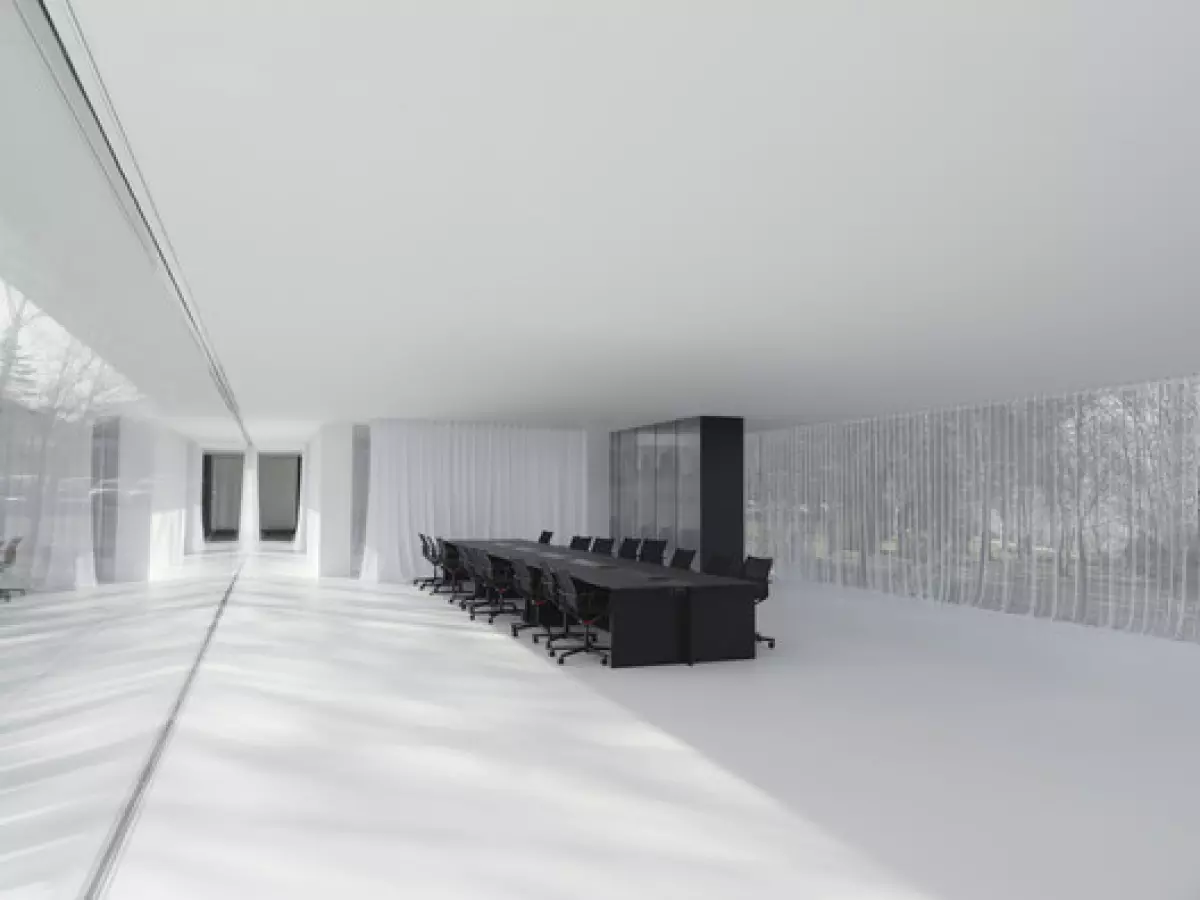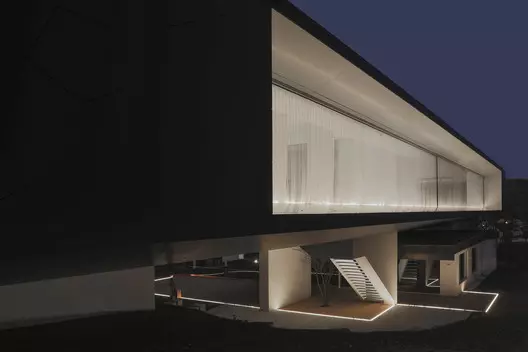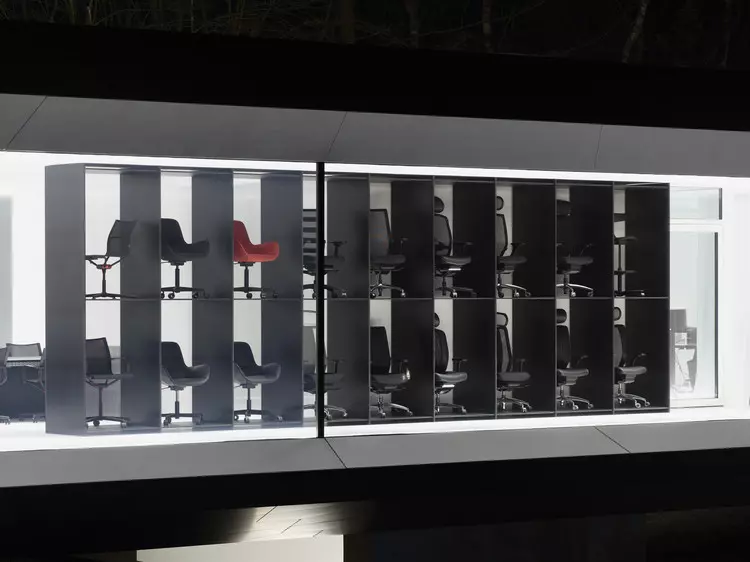 Image: © Gery Kellermann
Image: © Gery Kellermann
As the world continues to grapple with the ongoing pandemic, the future of office spaces has become a topic of intense discussion. It's evident that the traditional rigid office model has been quickly replaced by hybrid work as adaptability and comfort take center stage. While the long-term consequences remain uncertain, businesses must strive to strike the right balance between in-office and remote work to promote efficiency and employee well-being. To meet these evolving demands, the design and architecture industry is focusing on creating flexible work environments that foster creativity, productivity, and comfort, while also addressing technological, economic, and sustainability challenges.
With this in mind, renowned chair manufacturer Wagner, in collaboration with architects Titus Bernhard and Andreas Weissenbach, has developed the Wagner Design Lab in Langenneufnach, southern Germany. This innovative space can be seamlessly transformed from a showroom to an office, showcasing the company's brand "Wagner Living" while pushing the boundaries of the modern workspace.
The Floating Building and Its Multiple Functions
 Image: © Gery Kellermann
Image: © Gery Kellermann
The project began with the idea of transforming the Wagner family residence, which was previously used as a showroom, into a seamless and minimalist rectangular structure. To achieve this, the architects designed a steel superstructure supported by slender beams, creating the illusion that the volume is floating above the original building. The design incorporates the world's largest glass panels, made up of four sheets of triple-insulated sedak glass, each measuring 3.04 x 19.21 meters. This required unique machinery and highly skilled installation. The transparent, frameless glass facade serves as a massive display window, showcasing the silhouettes of Wagner chairs and furnishings.
Inside the glass pavilion, the building spreads out over a wide area without the need for any supporting pillars, creating an airy atmosphere that seamlessly merges with the surrounding natural environment. The interior of the Design Lab is designed as an adaptable, flexible space that can serve various functions using an innovative modular system.
 Image: © Gery Kellermann
Image: © Gery Kellermann
From Shelves to Space Dividers: A Modular System with Endless Configurations
To ensure a truly flexible environment, German designer Stefan Diez created a contemporary office furniture system called "D2" that structures the open white space of the Design Lab. This system is based on aluminum profiles, connectors, and honeycomb panels that can be easily assembled without the need for screws. By utilizing the D2 system, the space features a giant shelf showcasing various models of Wagner Living chairs, including the D1 family. The matt-black D2 panels are also used to construct a nine-meter table with recessed ducts for cable management and as dividers that separate the lounge area from the rest of the space.
The modular system offers a sustainable and lightweight setup that can be easily installed in endless configurations, making it highly adaptable to changing environments. Whether it's creating shelves, furniture pieces, or dividers, the D2 system allows Wagner staff from the Marketing, Design, and Interior Design departments to use the Design Lab flexibly as an alternative to working from home, encouraging creative work. The clear lines of the D2 system also provide uninterrupted landscape views, further enhancing the comforting ambiance of the space.
 Image: © Gery Kellermann
Image: © Gery Kellermann
As a testament to its versatility, the D2 system was implemented in Cologne's MAKK Museum as part of the "Workspace in Progress" exhibition. In collaboration with Stefan Diez and Wagner, university students developed objects and furniture pieces that responded to present and future forms of work. Each project was showcased in its own shelf-like box made with D2 panels, which were quickly assembled and disassembled after the exhibition.
Towards Flexible Workspaces that Promote Creativity, Sustainability, and Well-being
Undoubtedly, the traditional workplace is undergoing a paradigm shift, and it is crucial for architecture and design to adapt accordingly. In these uncertain times, office environments should be designed to meet the diverse needs of collaboration and well-being, while also promoting efficiency, sustainability, and creativity. Therefore, it is essential to explore unconventional products and materials that align with these criteria.
 Image: © Gery Kellermann
Image: © Gery Kellermann
Innovations like the D2 system are a step in the right direction, but there are still many possibilities to explore. Wagner is planning to offer a digital configurator that will allow clients to design their own D2 furniture system to meet their specific needs. This will not only enable more sustainable and reusable materials but also provide a glimpse into the future of workspaces. To create healthier and better working environments, it is crucial to redefine boundaries, implement new technologies, and prioritize flexibility over rigid traditional models.
For more information on innovative furniture concepts for the modern workspace, visit this link.









